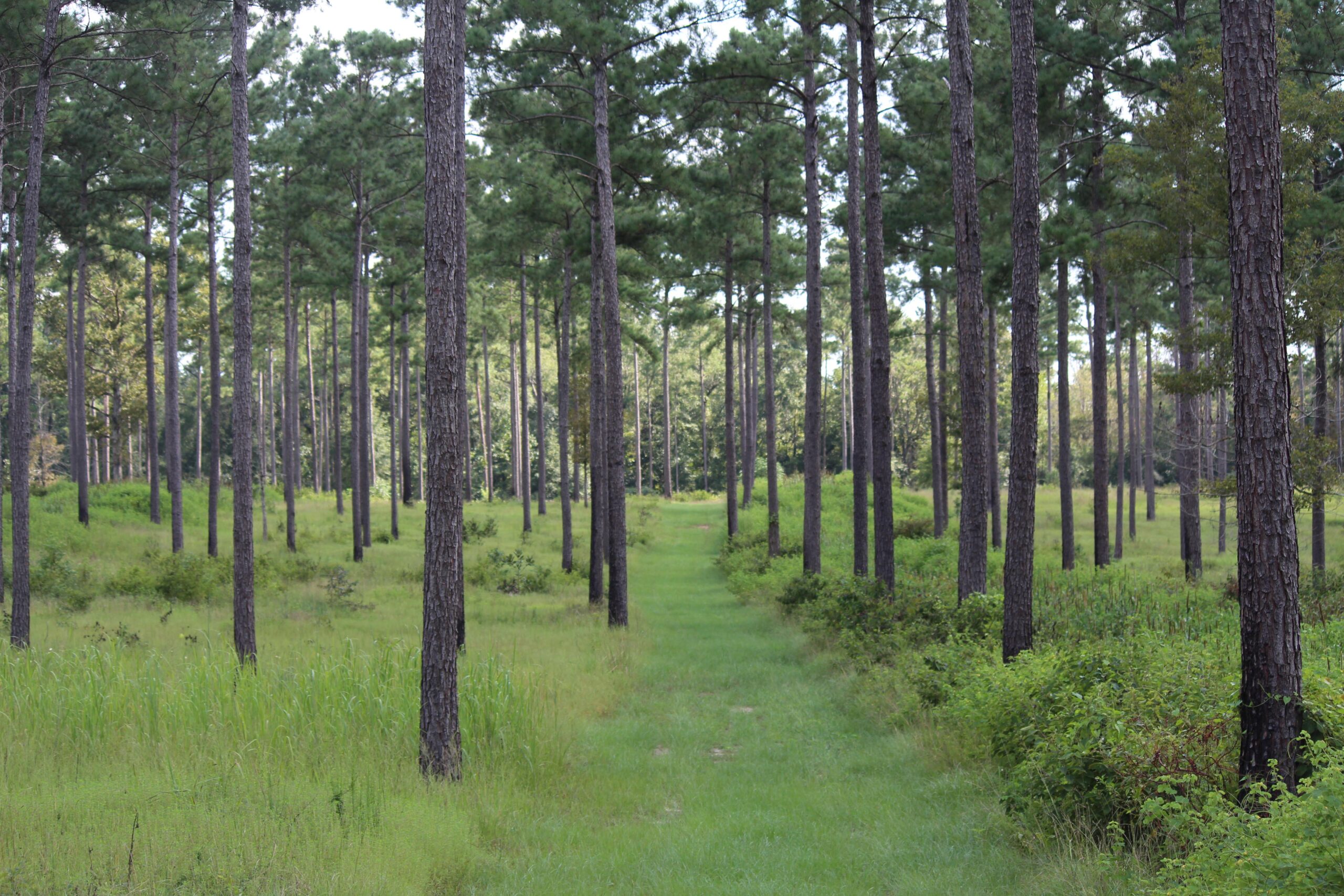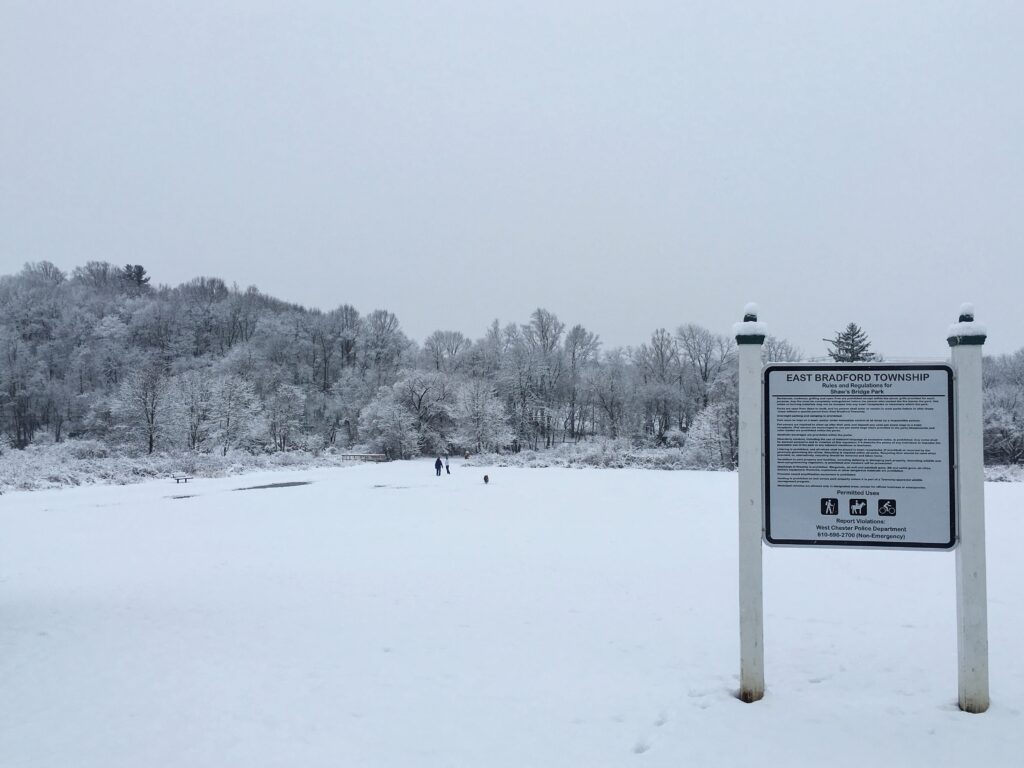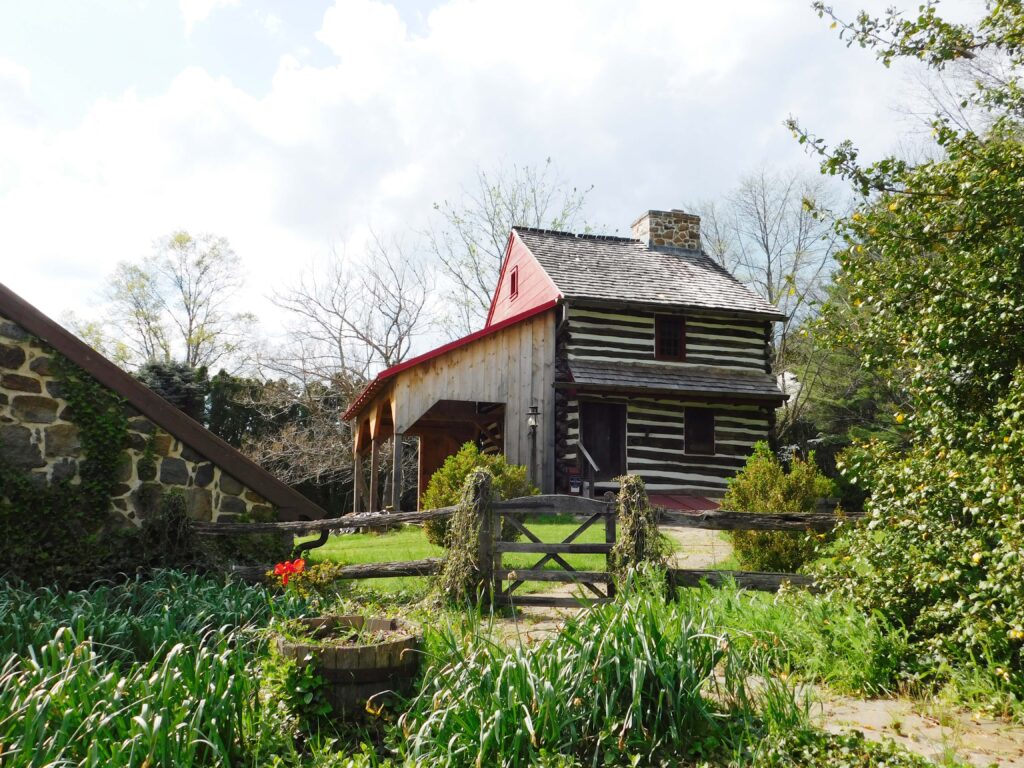HOW CONSERVATION EASEMENTS AND HUNTING ARE MUTUALLY BENEFICIAL AT SOUTHWIND PLANTATION
Born in the late 19th century, the conservation movement exists today thanks largely in part to hunters. While it may seem counter-intuitive to think that the people permanently removing turkey, deer and bear from this world are conservationists, the truth is that responsible hunters have been conservation’s biggest advocates from the beginning. After all, the man who established the U.S. Forest Service and protected 150 National Forests, proclaimed 18 new National Monuments and established five National Parks was also an avid hunter. As President, Theodore Roosevelt oversaw the protection of 230,000,000 acres of land, and he also hunted more animals than all other presidents combined. At the time, he and other sportsmen and naturalists recognized the destruction caused by logging, over-hunting and loss of habitat.
Since then, hunters have continued to recognize these same problems and more, and they’ve consistently acted on them. In 1937, the firearms and ammunition industry asked Congress to impose an excise tax on firearm and ammunition sales, and what resulted was the Pittman-Robertson Act, today known as the Federal Aid in Wildlife Restoration. When a hunter or angler purchases hunting-related equipment, the taxes that are generated go to state wildlife agencies like the U.S. Fish and Wildlife Service to help fund wildlife conservation projects, wildlife research, access to outdoor recreation and education. Since its passing, this act has raised $14 billion and aided the recovery of deer, turkey and non-game species.
Hunters further aid these species and others by keeping populations in check. With more and more development, many of us have witnessed an increase in deer populations that get condensed into smaller open spaces without the threat of predators. More people plus more deer equals more vehicular collisions. Ecologically, this has had detrimental effects on vegetation, because deer are selective eaters, which ultimately changes the dynamics of a forest. The results? An increase in the suffocating spread of non-native species, an increase in deer ticks, a decrease in songbird populations and a threat to forest health that some scientists believe is more dire than climate change.
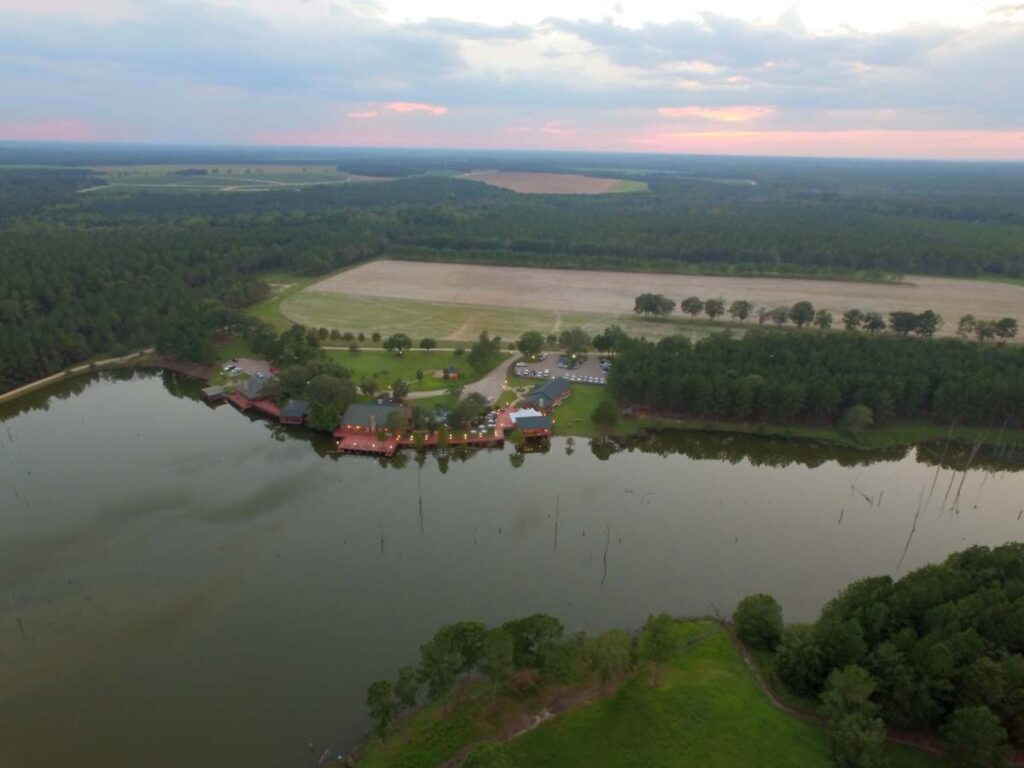
Recognizing the many important roles that hunters play in conservation, NALT has always made an effort to include and partner with them on conservation projects. NALT Conservation Biologist Lee Echols explains, “Hunters are hunting sustainably and they are doing it right, and we want to partner with that cause and work with them to achieve the same goals.” A vast majority of NALT’s Conservation Easements allow hunting, especially in Georgia and Alabama, and “if it weren’t for hunting, there would hardly be any private land conservation,” Lee explains. Many of our Conservation Areas even have hunting cabins or lodges, including SouthWind Plantation – an Orvis-endorsed wing-shooting lodge complete with plantation-style lodging, fishing tours and quail, dove, duck, deer and turkey hunting – located in Attapulgus, Georgia.
After purchasing an initial 170 acres in 1994, Southwind founder Tim Smith came to NALT with a vision to form the ultimate hunting experience, so that he could “share the many benefits of southern living as part of life.” And he achieved just that with the help of multiple Conservation Easements over time. Beginning in 2007 with 152 acres, NALT has worked with Tim to complete six Conservation Easements protecting 1,032 acres of quail habitat. Tim elaborates, “Growing up, I’ve witnessed forestry land being cleared for farming and developments. Today, people have gotten away from preserving land for our children and their children. This Conservation Easement program enabled me to preserve several great pieces of property for generations to come.” As with all conservation projects, the many benefits of these Easements extend beyond Tim’s lasting legacy.
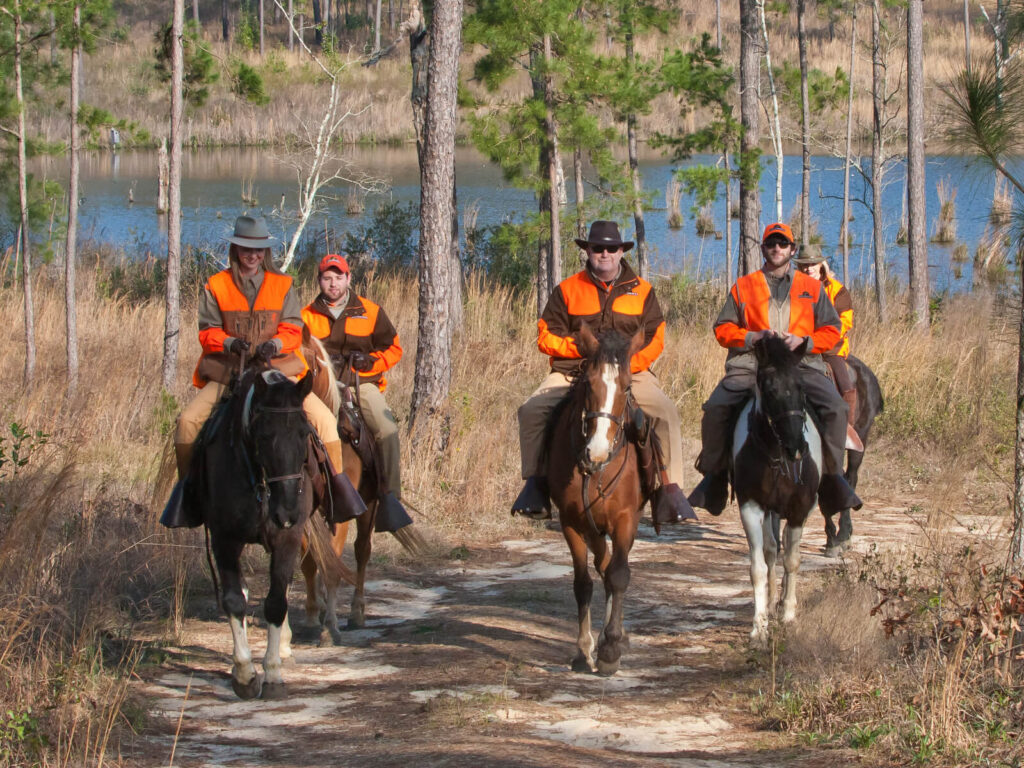
Lee Echols expands on the benefits of this stewardship, “Quail need open habitats with a diverse herbaceous understory to thrive, so there is a very tight-knit, synergistic relationship between the restoration and preservation of the longleaf pine ecosystem that once dominated the southeastern coastal plain and quail hunting. It provides economic and recreational incentives for landowners to restore and preserve one of the most endangered ecosystems in the U.S.” Using the revenue from the hunting and lodging on his land, Tim is able to use it to continue to better his lands, so that he and his family may “share our blessing and vision with our customers and many friends from all over the world.”
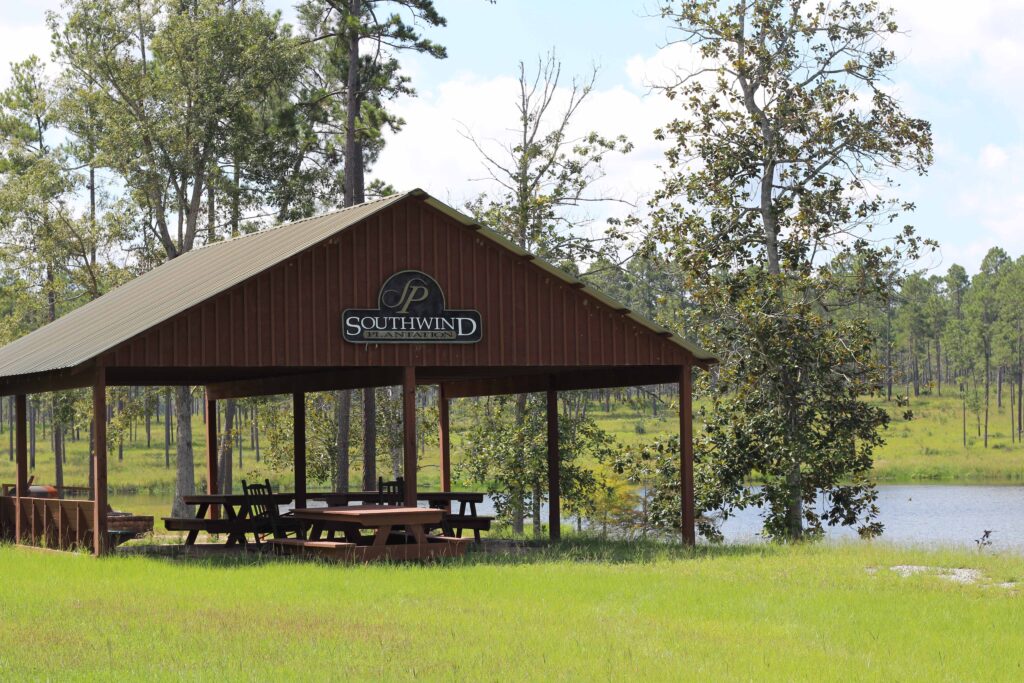
NALT’s Conservation Easement model is ideal for hunting lodges, because unlike other models, we build in Reserved Rights that are tailored toward the business model, so it is successful. NALT Stewardship Director Mike Duus explains, “Our Easements permit wildlife hunting, wildlife enhancement management, habitat enhancement, rotational burns, food plots and forestry activity. We also allow for ponds and boat docks for fishing.” And in most cases, we work with the landowner to ensure future generations can have the flexibility they need through established building areas, accessory structures and the ability to subdivide.
From a conservation perspective, these quail plantations constitute some of the last remaining and best examples of maintained longleaf pine woodland and savannah in the south. They are also home to the endangered gopher tortoise, which has been documented by NALT biologists here. Through controlled burns and regular management, Tim and his family dedicate themselves to the stewardship of this special habitat so that the gopher tortoise and quail may benefit, and in turn, so may the hunters and visitors who come to Southwind.
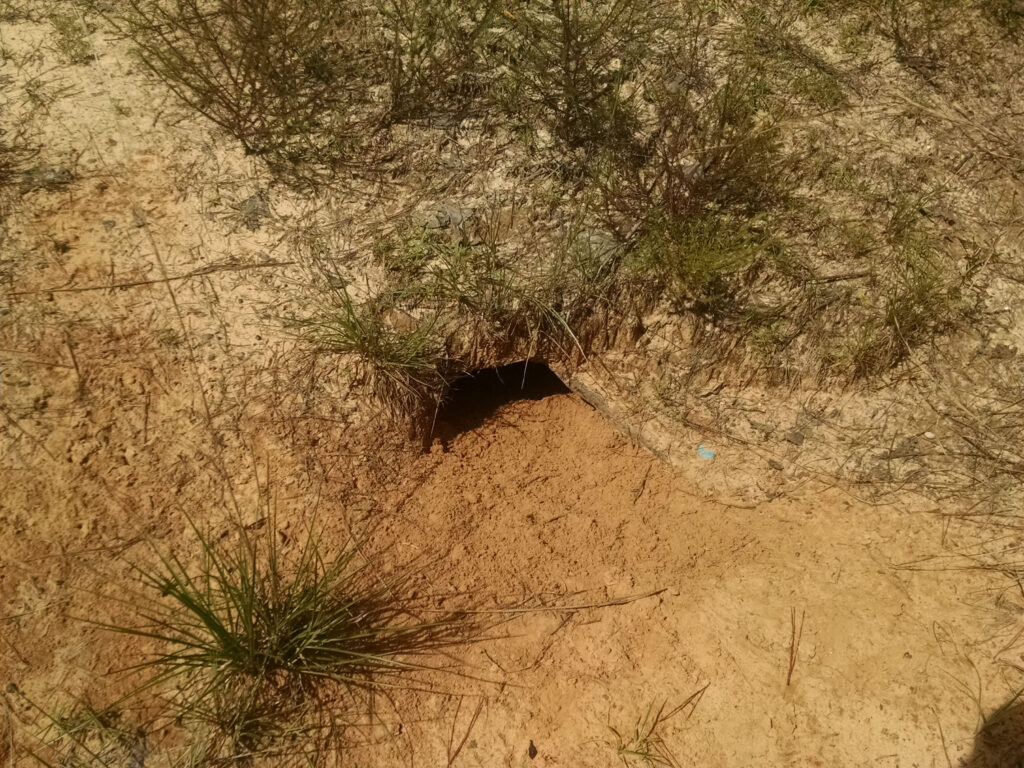
For Tim, “Working with NALT has been a great experience for our team. The number one incentive of NALT biologists and staff is to leave the land better when we leave than when we got here. They are a great group to work with and we look forward to working with them now and in the future.” Responsible hunters like Tim have always had a deep connection to the land. They are some of the first to observe when something is wrong, to detect a change in the land or notice a variation in the species they hunt, making them a valued partner in the conservation world. Whether you and your family enjoy hunting on your property or you have an established hunting lodge like Southwind Plantation, NALT can help ensure your hobbies continue to benefit conservation forever with a Conservation Easement.
–by Monica McQuail, Communications & Stewardship Assistant

